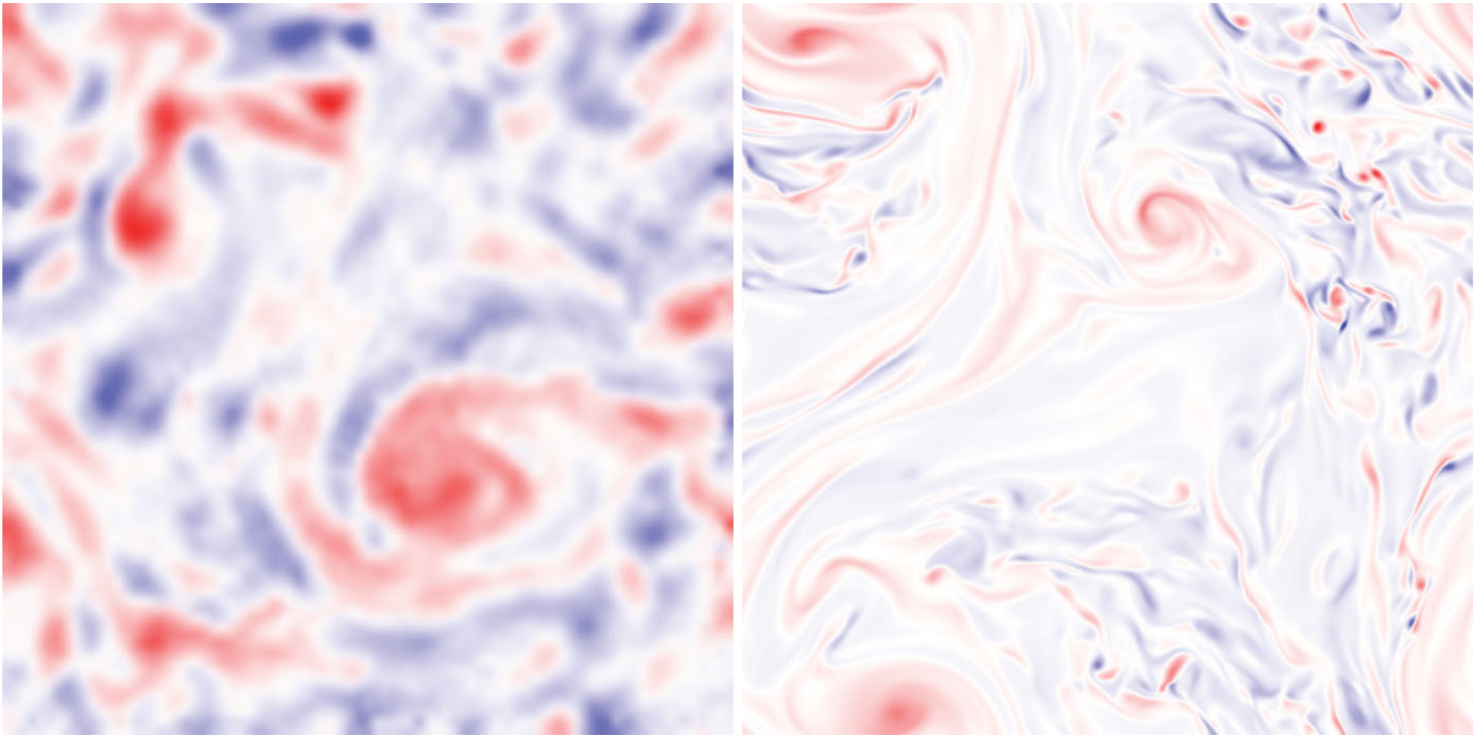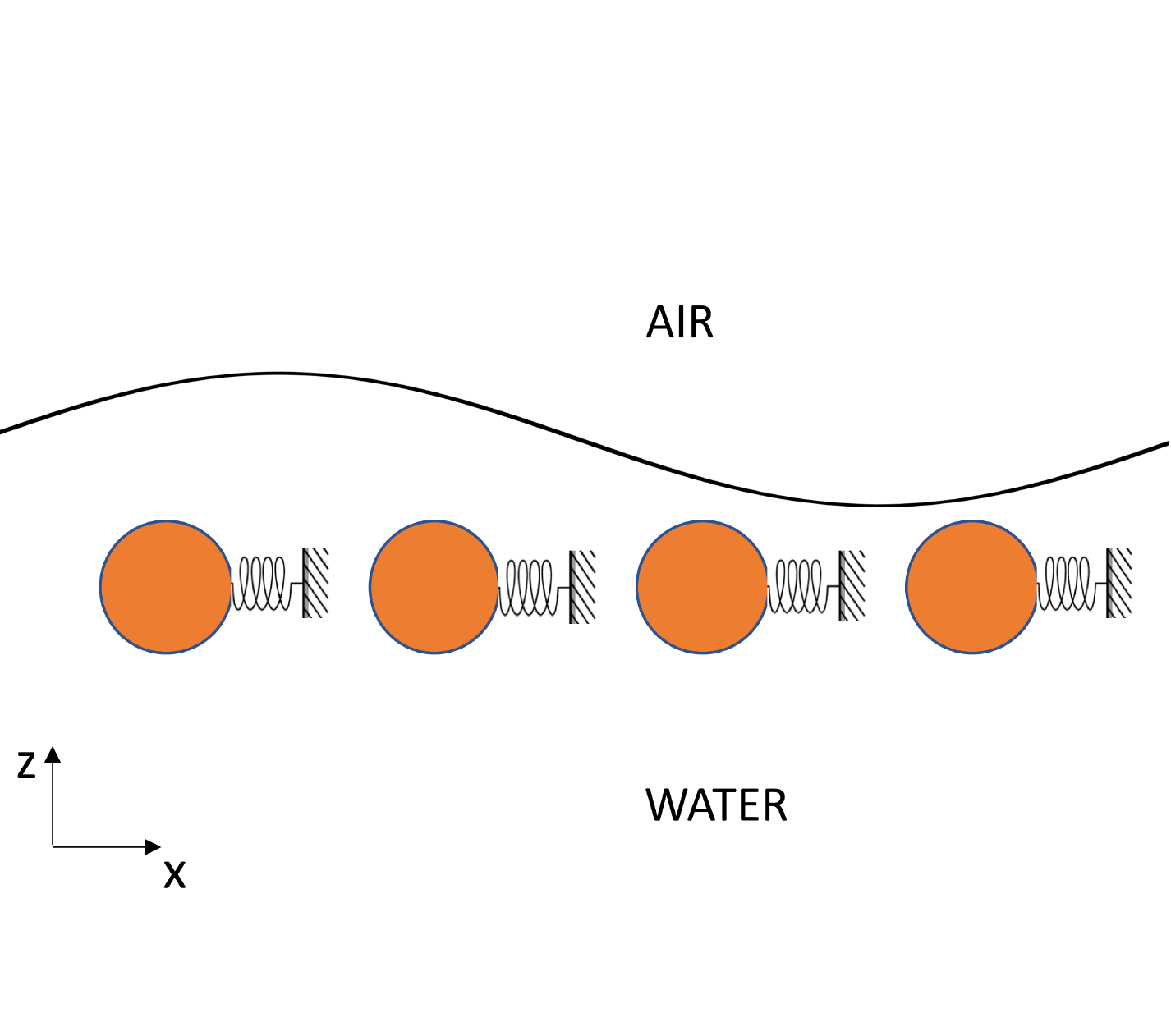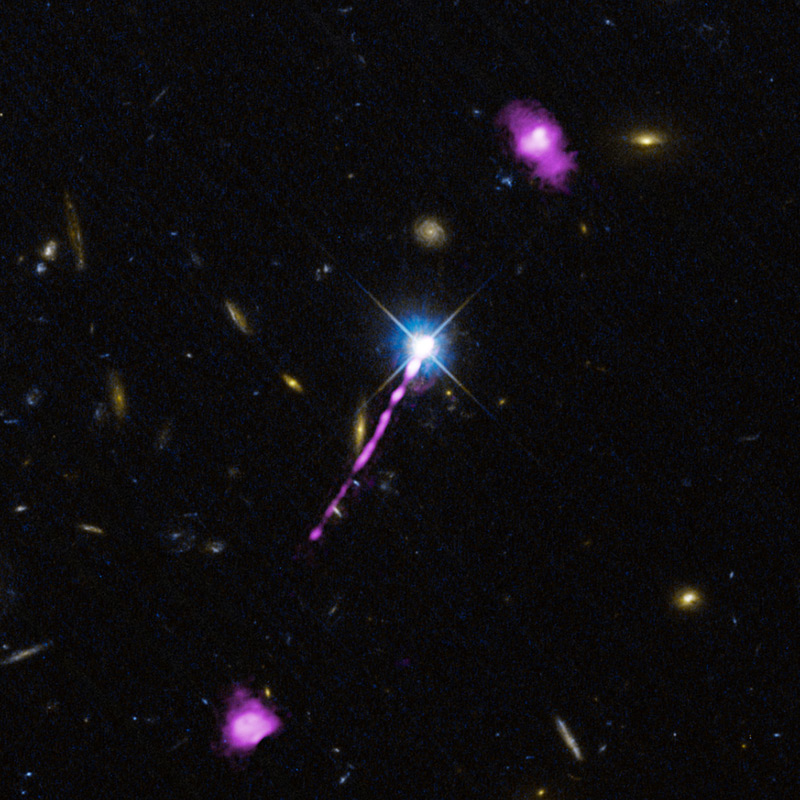1) COMPUTATIONAL BIOPHYSICS
The common theme and the unifying framework of these research lines is the use of theoretical physics methods to tackle these problems. In particular, we use methods borrowed from the statistical mechanics of disordered systems (Component Systems, Hopfield model…); computational tools typical of the simulation of many-body physical systems (Montecarlo Simulations, Molecular Dynamics,…); advanced mathematical tools (Graph theory, Network Theory, Stochastic Equations….).
The most relevant aspect of our research network is the strong interaction of all the units with biologists. All the problems that we address stem from precise biological questions to which we try to give quantitative and testable answers.
1) Statistical physics of component systems
Many complex systems are modular. Such systems can be represented as “component systems,” i.e., sets of elementary components, such as LEGO bricks in LEGO sets.
For example, genomes, ecological communities, texts are all composed of more fundamental components — genes, species, words — which occur in variable presence and abundance.
Several common statistical laws can be found in large-scale data sets describing systems of very different nature. Our first goal is to distinguish what is universal and what is system specific. In other words what can be explained as a pure statistical effect and what is actually a consequence of the specific generative process at the origin of a data set. In the evolutionary genomic context, this translates in the search for signatures of specific evolutionary mechanisms and of selective pressure at the level of genome composition. We are devloping data analysis methods and theoretical models to discover and characterize these emerging statistical laws in large-scale data sets produced in several fields, most notably in Biology.
2) Regulatory Networks
Regulatory Networks play a crucial role in all biological systems. In the last few years thanks to the impressive progress in Molecular Biology experiments a large amount of new high-throughput data on regulatory systems has been produced. These systems range from the signaling networks, mainly based on protein-protein or protein-lipid interactions, to the gene regulatory network, based on protein-DNA and RNA interactions to more complex regulatory structure based on cell-cell interactions like
the immune network and, as we shall see in the next section, our Research Network deals with all these levels of Regulatory Systems.
In all these fields we have witnessed in these last few years a remarkable change of paradigm, from the study of the single regulatory interaction (say a transcription factor which may activate or inhibit a target gene) to the study of the regulatory network as a whole. This change of view point paved the way for the use of several theoretical tools, ranging from the statistical mechanics of disordered systems (form spin glasses to Hopfield models), the search for universal power laws which is typical of the study of critical systems or the use of modern network theory. This is exactly the type of tools which characterize our research activity.
2) TURBULENCE AND NONLINEAR WAVES
We study classical field theories of out-of-equilibrium systems at different scales by means of theoretical modeling and numerical simulations. Our research finds applications ranging from atmospheric and ocean dynamics, to energy production and transfer, to biological and ecological problems.

Snapshot of the square vertical vorticity in a quasi-two-dimensional flow forced at small scales. The inverse cascade produces a large scale two-dimensional vortex (called a “condensate”) which displays three-dimensional structures at small scales.
- Musacchio and G. Boffetta
Condensate in quasi-two-dimensional turbulence
Phys. Rev. Fluids 4, 022602(R) (2019)

Temperature fluctuations in rotating turbulent convection obtained from direct numerical simulations of the Boussinesq equations at Ra=2.2×10^{7}.
It is evident a strong convective event with a thermal plume of the size of the domani.
- Toselli, S. Musacchio and G. Boffetta
Effects of rotation on the bulk turbulent convection
- Fluid Mech. 881, 648 (2019)

Clustering of buoyancy-regulating phytoplankton in a turbulent environment. The observed patchiness is due to the interplay between the turbulent flow and the vertical motility of cells regulating their buoyancy.
- Borgnino, J. Arrieta, G. Boffetta, F. De Lillo, I. Tuval
- R. Soc. Interface 16, 20190324 (2019).

By means of high-resolution numerical simulations, we discover that Rayleigh-Taylor turbulence convection can be suppressed in the presence of a time-periodic acceleration
which produces a relaminarization of the flow at long times.
- Boffetta, M. Magnani, S. Musacchio
Suppression of Rayleigh-Taylor turbulence by time-periodic acceleration
Phys. Rev. E 99, 033110 (2019)

Data analysis techniques inspired by statistical physics can shed new light on classic problems in quantitative genomics and biomedicine. In this example, tools from network theory and machine learning are combined to identify different cancer subtypes from gene expression patterns. For details see F. Valle et al. Cancers 12 (12), 3799, 2021, F. Valle et al. Cancers 14 (5), 1150, 2022

Rayleigh-Taylor mixing in porous media. The picture represents a vertical section of the density field during the mixing process of two fluids with different density in a porous medium. The color scale ranges from the density of the lighter fluid (black) to the density of the heavier fluid (white). By means of numerical simulations of the Darcy-Boussinesq equations, we have investigated the statistical properties of the mixing process and how it is influenced by the confinement of the flow. For more information see M. Borgnino et. al., Phys, Rev. Fluids 6, 074501 (2021).

Rayleigh-Taylor mixing in porous media. The picture represents a vertical section of the density field during the mixing process of two fluids with different density in a porous medium. The color scale ranges from the density of the lighter fluid (black) to the density of the heavier fluid (white). By means of numerical simulations of the Darcy-Boussinesq equations, we have investigated the statistical properties of the mixing process and how it is influenced by the confinement of the flow. For more information see M. Borgnino et. al., Phys, Rev. Fluids 6, 074501 (2021).

Absorbing surface gravity waves with underwater oscillators. The idea is based on Metamaterials have been successfully developed in recent years to achieve advanced wave manipulation and control, both in electromagnetism and mechanics. We study a device composed by an array of periodic submerged harmonic oscillators whose objective is to absorb wave energy and dissipate it inside the fluid in the form of heat. The study is performed using a state of the art direct numerical simulation of the Navier-Stokes equation in its two-dimensional form with free boundary and moving bodies. For details see F De Vita et al. Physics of Fluids 33 (4), 047113 and F. De Vita et al .Journal of Computational Physics 438, 110355
For more information on the device see http://www.waveabsorber.unito.it/

